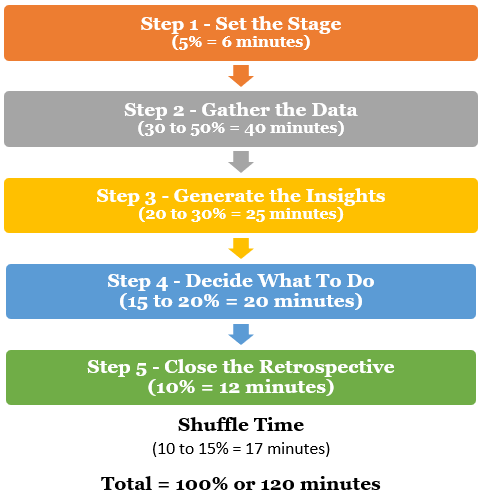Generally speaking, introspection is defined as the ability to observe, care for and connect with our inner world; this process is done to increase our level of awareness of who we are and what we want; a process of liberating introspection is also one that allows us to identify obstacles that stand in the way of our personal evolution.
Most of today’s environments are quite alienating. They disconnect us from ourselves and push us to look alone outside, outside. They also try to impose a way of being and wishing, which does not necessarily coincide with who we really are. This leads to passive adaptation or constant discomfort.
“The reflection is the eye of the soul. ” Jacques Benigne Bossuet?
It is important to introduce the necessary space into our life to make a process of introspection, few things are necessary: sufficient time, adequate space and, above all, a sincere desire to navigate our inner world, here are some tips to help you in this process:
The right setting for introspection is choosing the right time and place, where you are in no rush and you know that no one will interrupt you.
The place is an environment where you feel comfortable. If you have access to a secluded area, where there is little noise, much better, in any case, the key is to have the interest and the will to make a productive introspection.
The best way to start a liberating introspection process is to explore the past. If you want to do a one-time exam, you should start with the immediate past. If you want to perform deep introspection, there are no limits.
It is advisable to ask basic questions: What were my most frequent mistakes ?, Under what circumstances have I achieved my goals?Are the goals I have achieved satisfactory?
A very important part of introspection is identifying gaps. These gaps include unmet needs, lack of answers to relevant questions, and difficulties setting goals in certain areas of life.
It’s important to look at which of these deficiencies causes the most pain, dissatisfaction or anxiety, see the full picture, and see if there are specific solutions to use, if not focus on the easiest gaps to solve.
In this part we must use self-criticism constructively, it is about identifying the barriers that prevent you from filling your gaps and living a more fulfilling life, these obstacles can be mental, emotional or can also be influenced by something external.
The bottom line is that you don’t blame yourself, but keep a sympathetic attitude to yourself. You don’t judge yourself by evaluating your mistakes, but by identifying barriers that don’t allow you to progress.
At this stage, it is necessary to clarify whether there are feelings of guilt, explicit or hidden, that often haunt you, if you carry unresolved irritation, with a person or situation, or if there is a fear that you have not been able to. Overcome, no matter what you’ve decided to do. The result of this analysis is definitive so that the introspection process is truly liberating.
The real goal of an introspection process is to renew one or more areas of your life, so the last step is to recognize the forces of change that exist within you, the first is the interest that drives you to complete this whole process. The question you have to ask yourself is: What are the factors of my personality that are my greatest strengths?How can these forces help me change my appearance?X??
Implicitly, this leads to the setting of objectives. Ideally, there are not too many, preferably just one, with all the small goals that this entails, it all depends on your motivation. In any case, release introspection should be interrupted for the purpose of changing.
It is advisable to periodically do an introspection process, the first time may seem a little strange, but with practice everything becomes much easier, they are spaces dedicated to yourself that, from time to time, you have to open.

